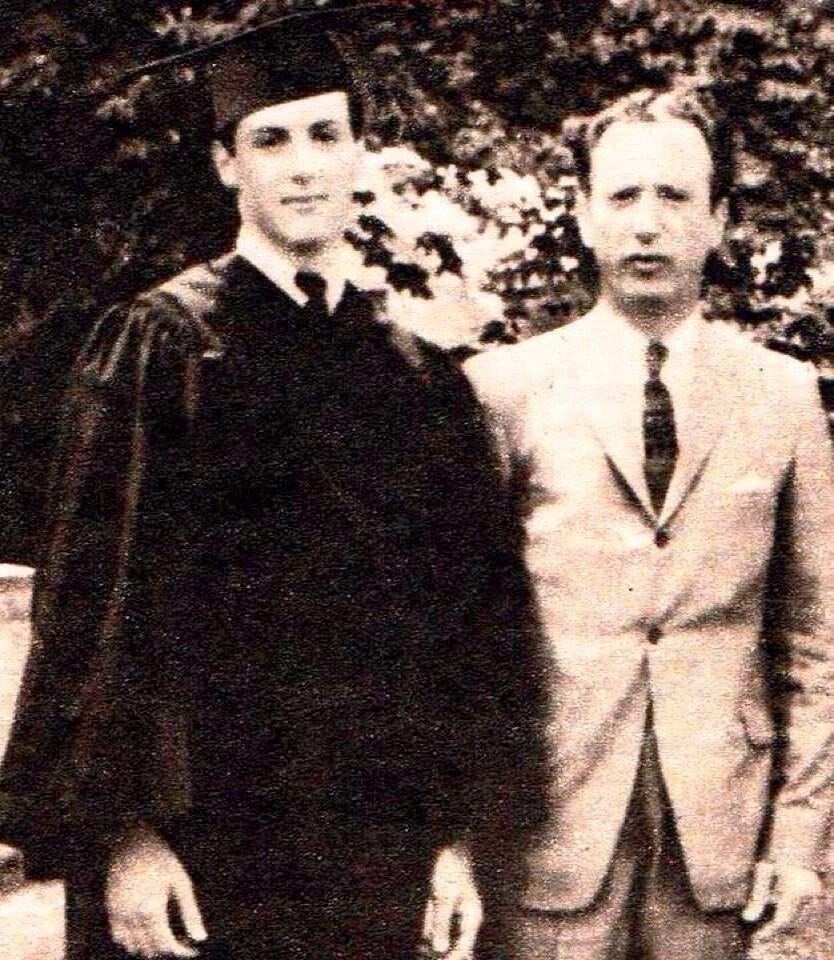“Most Likely to End Up in the Electric Chair”: How Sly Stallone Turned Doubt Into Destiny
When Sylvester Stallone recalls,
“When I was in junior high school, the teachers voted me the student most likely to end up in the electric chair,”
It’s more than a throwaway punchline—it’s a raw confession from someone who was never supposed to make it. For anyone who’s ever felt dismissed or misunderstood, Stallone’s journey from the fringes to Hollywood’s mountaintop offers a story of redemption, grit, and the power of rewriting your own script.
Growing Up Hard: The Making of a Misfit
Born in 1946 in Hell’s Kitchen, NYC, Stallone’s childhood was marred by hardship. With a partially paralyzed face from birth complications and a turbulent home life, he bounced between schools and was often bullied for his slurred speech and unconventional looks. Teachers saw him as a “problem”—quick to act out, slow to fit in. It’s not hard to imagine why some adults would cast a young Sly as destined for trouble, not triumph.
Rejection, Resilience, and Rocky Roads
Stallone’s high school years weren’t much gentler. He was kicked out of multiple schools and rarely celebrated for his gifts. But underneath the misdirection and mischief burned an unstoppable drive. By the time he reached adulthood, Stallone scraped by doing odd jobs—zookeeper, movie usher, even cleaning lion cages—while dreaming of writing and acting.
His pursuit of acting came with grim odds: hundreds of auditions, countless doors slammed in his face, and the constant sting of being told he’d never make it. Hollywood didn’t want someone who “couldn’t speak clearly”—the same way teachers once didn’t see a future for the “electric chair kid.”
The Life-Altering Lesson: Don’t Let Others Write Your Story
Stallone’s breakthrough, Rocky, didn’t fall into his lap—it was written in a furious burst of creativity after watching Muhammad Ali fight a little-known boxer. Studios wanted the script, but not the scrappy unknown who wrote it. Stallone refused to sell unless he could star, risking everything for one shot. The result wasn’t just a blockbuster: it became a lightning rod of underdog hope for anyone who’d been underestimated.
Lessons From the Chair
Stallone’s journey is a masterclass for misfits and dreamers:
Their Doubt Isn’t Your Destiny: Thousands of teachers, critics, and gatekeepers can be wrong. Only you know the depths of your potential.
Embrace Your Scars: Stallone’s speech and looks made him an outsider—until he made them iconic. What makes you different can make you legendary.
Get Up, Again and Again: “It’s not about how hard you hit. It’s about how hard you can get hit and keep moving forward.” Stallone didn’t let rejection or humiliation end his story. He rewrote it, with every painful chapter fueling the next.
Give Back: Once the world’s highest-paid actor, Stallone never forgot his roots. He’s told and retold stories of failure and insecurity to inspire others who feel outside the spotlight.
From Electric Chair to Oscar Night
Today, Stallone’s legacy isn’t “most likely to end up in the electric chair.” It’s American icon. Generations of fans—from small-town kids to world champions—see in him the proof that you can start at the bottom, be written off, and still end up on top.
If you’ve ever been doubted or discarded, remember Stallone’s story. You’re not who they say you are—you’re whoever you dare to become. So take the punches, tell your story, and go the distance. Your fight’s not over yet.



